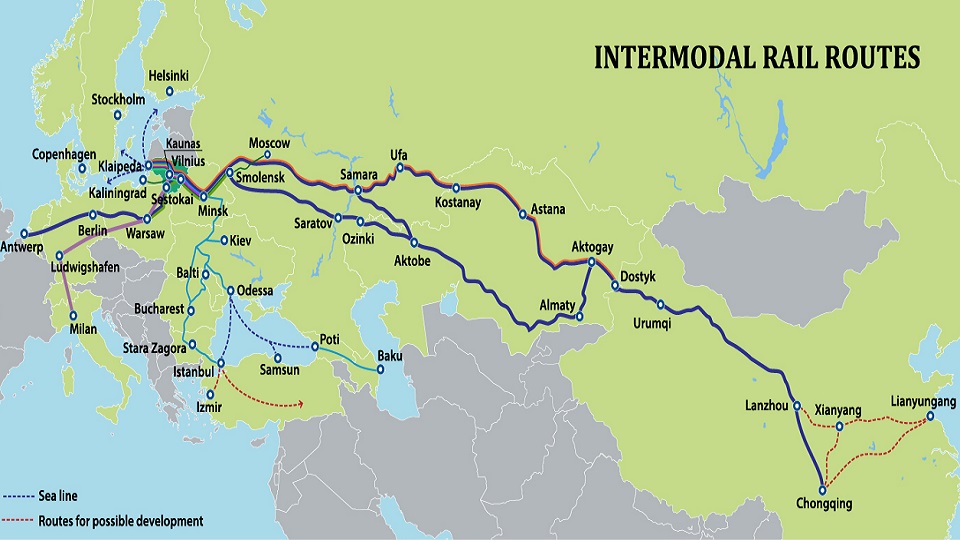Lithuania calls on Turkmenistan to launch cargo flows to the Baltics

The Lithuanian ministry of transport and communications made an open call to Turkmenistan to establish cargo flows between the two countries. The ministry firmly believes that Lithuania offers ideal opportunities for the central Asian country to reach Europe but also invest in it.
Lithuania seems to be trying to re-establish its position in the supply chain. Following some issues the country faced earlier this year with Belarus and China, it now looks for new partnerships. One of the areas of interest for Lithuania is central Asia and the flows it can attract from there, explained the Lithuanian ministry of transport at Trend news agency from Azerbaijan.
Turkmenistan is among the targeted markets, even though it remains unclear how traffic from the country could benefit Lithuania in terms of volumes. Moreover, it is interesting to look at the connectivity options. Turkmenistan borders Iran and Afghanistan in the south, Uzbekistan and Kazakhstan in the north, while its eastern borders meet with the Caspian sea.
Connection possibilities
If the two countries end up cooperating, what route could they use to connect? Two possible scenarios for rail freight are currently through the Caspian sea and Russia or Kazakhstan. In the first scenario, the cargo would need to cross the Caspian Sea, reach the Russian shore and continue through Russian territory to the north.
In the second scenario, there could be a rail freight connection from Turkmenistan transiting towards the north and reaching Russia through Kazakhstan. Both scenarios require transit through Russia and Belarus before reaching Lithuania. A third option would see cargo from Turkmenistan transiting through the Caspian Sea, then Azerbaijan and Georgia before reaching the Balck Sea. From there, it could travel via Ukraine and Belarus to reach Lithuania. What would be the ideal route and how viable could it prove?

Lithuanian incentives
For Lithuania, attracting companies from Turkmenistan means focusing on four different areas: intermodal transport, sea transport, warehousing/consolidation services and investments.
The Lithuanian transport ministry stressed the country’s geographical benefits that can function as a gateway to and from Europe. Lithuania can offer comprehensive rail and road services with interconnectivity to corridors leading to the heart of Europe. Vilnius and Kaunas are the two hubs abe to serve both rail and road transport.
The country operates both standard and broad gauge trains, which is crucial for trains arriving from the east through Russia. Moreover, it is home to the port of Klaipeda, which can also transform into a hub with links to Scandinavia and northern European ports.
Finally, the ministry said that free economic zones (FEZ) or industrial centres in Lithuania also offer great possibilities for investors and companies from Turkmenistan willing to establish their hubs as the gateways for their products to the EU and CIS markets.
Also read:
- Another strike for Lithuanian rail freight?
- Is the China-Europe Express becoming a political weapon in the hands of China?
- Lithuanian Railways will lose millions from EU sanctions on Belarus
- Belarus withdraws its cargo, but Lithuanian Railways have the answer
You just read one of our premium articles free of charge
Want full access? Take advantage of our exclusive offer





